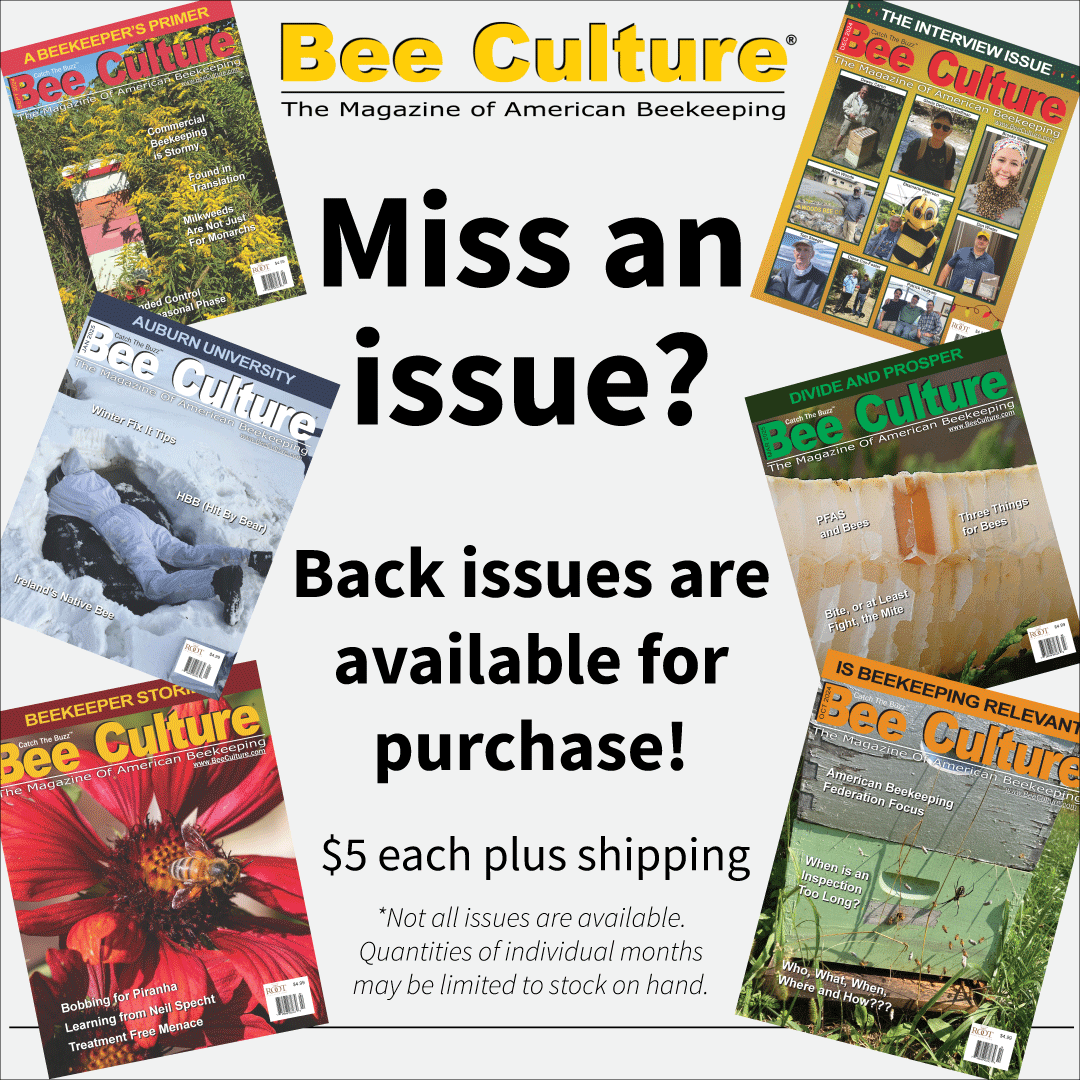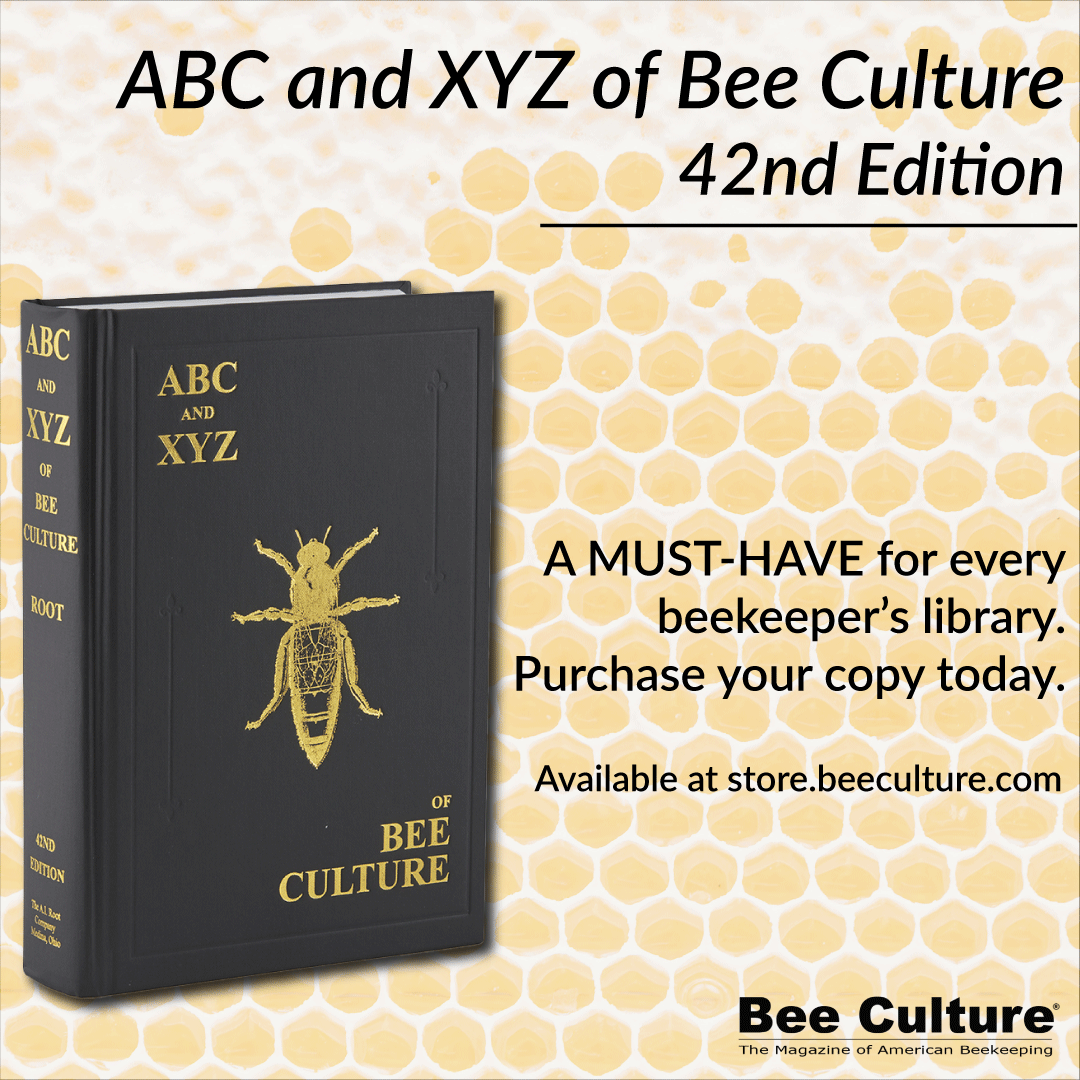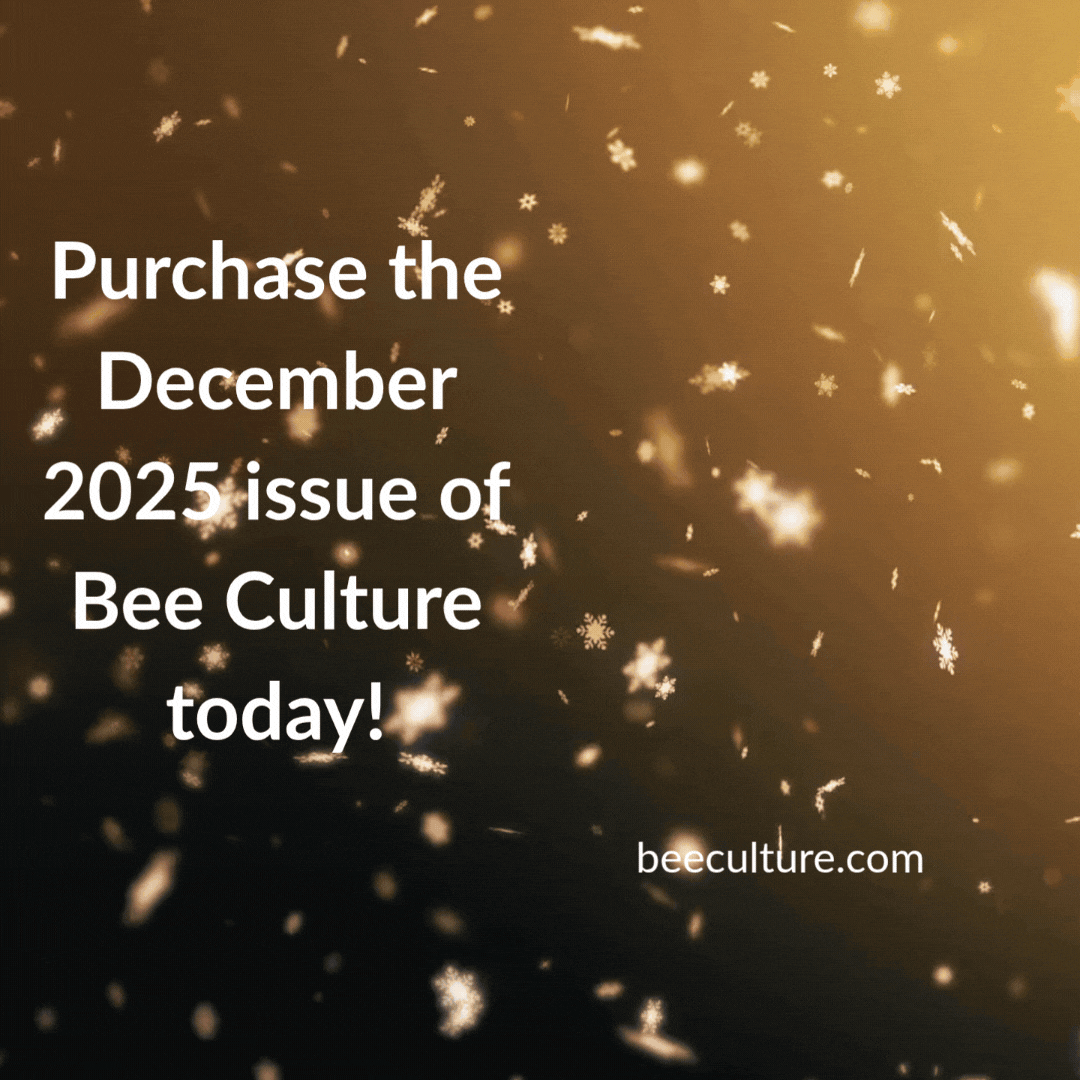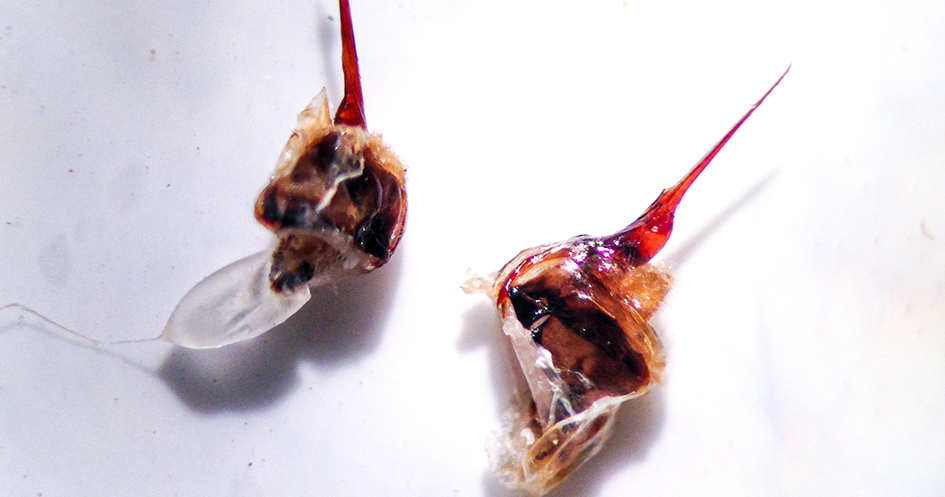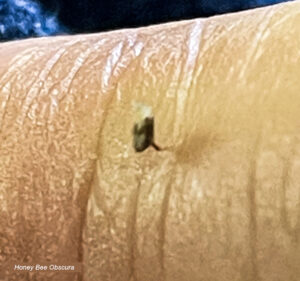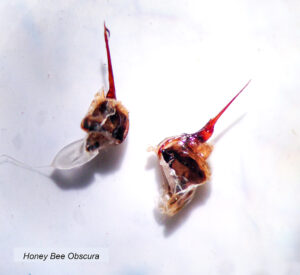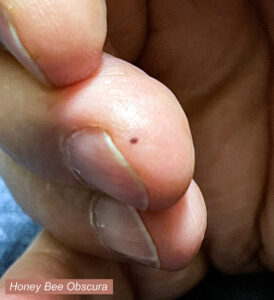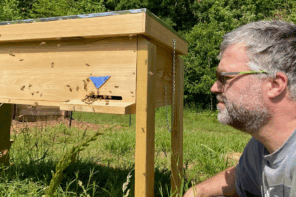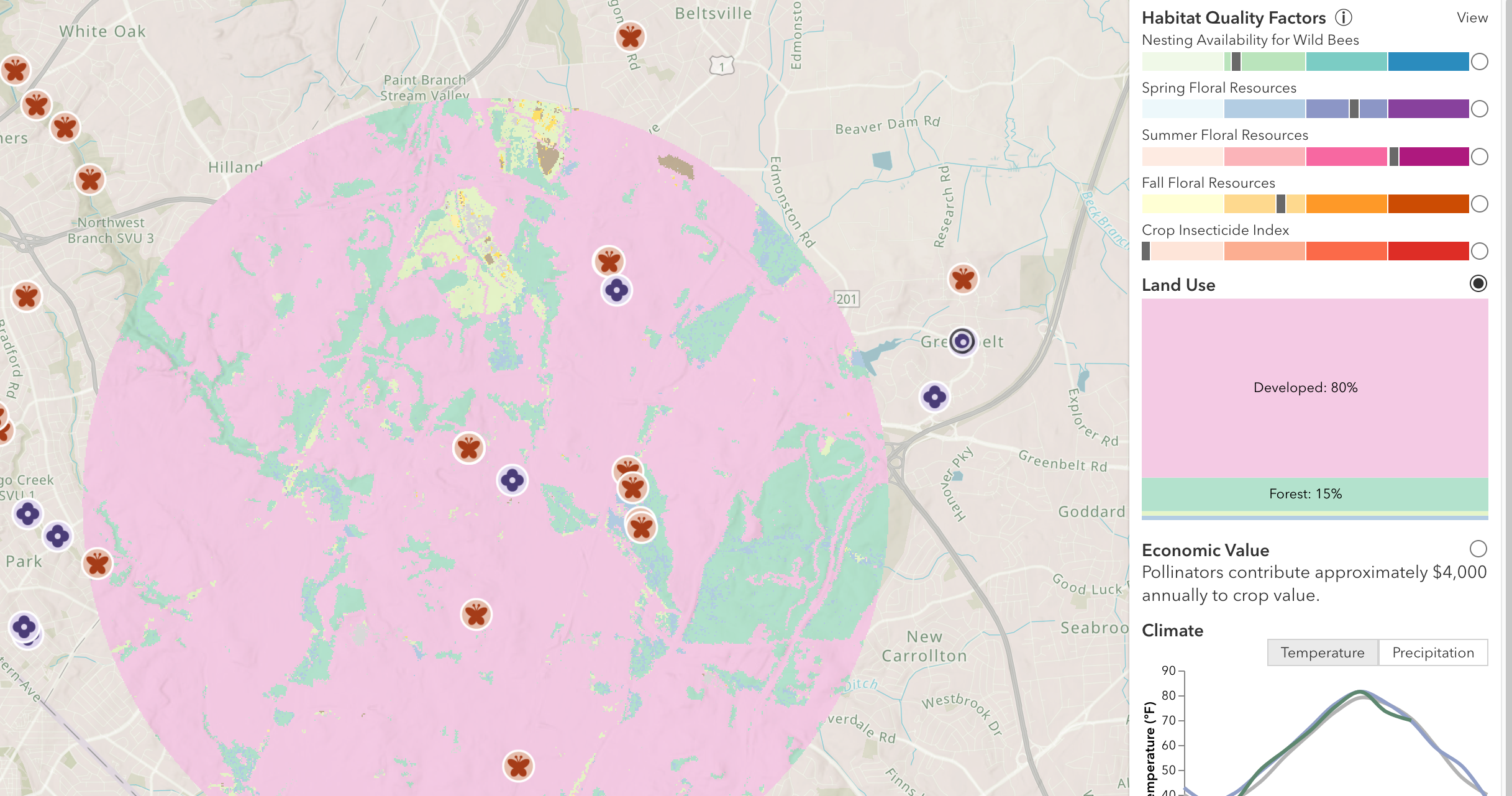Click Here if you listened. We’d love to know what you think. There is even a spot for feedback!
Read along below!
Honey Bee Stings
“Don’t You Ever Get Stung?”
By: James E. Tew
A few months ago, I gave a brief discussion at a local service club luncheon. I only had a short time to make my points. I knew many of the participants so I wanted to keep the discussion lighthearted and friendly. I used my time to explain how we, as keepers of bees, would commonly take an occasional sting. I commented that a common conversation with a non-beekeeper went along predictable lines. “I don’t keep bees because it really hurts when I get stung. Your bees must know you, so you don’t have to deal with this occurrence.” As you would expect, I explain that, indeed, it is frequently painful when I am stung and most of the time, the bees doing the stinging have never met me before. No, my bees don’t know me. As are you, I am then in the situation of being required to explain why I would continue an endeavor where I must experience occasional potentially painful experiences. Yes, it can be a clumsy conversation.
Normally, I drone on and on about how hot the protective clothes are and that an occasional sting is not huge event. I’m not always sure that explanations helps. Now I have them knowing that not only are stings painful for beekeepers but the protective clothing can be uncomfortably hot. If you keep bees, occasional stings will happen. Strangely, an occasional sting becomes no big ordeal.
The Inevitable sting
I recently went to the beeyard to set up an observation hive – a contrivance which I could sometimes love to hate. Though on one hand they are great teaching tools, on the other hand, they are usually a pain to set up and a bigger headache to maintain. This one was needed for a Saturday school program. It would need to be set up on Friday morning and broken-down late Saturday evening.
I planned on using one of the 5-frame nucs that I have discussed in several previous articles. It was a unit with a selected queen and not a particularly large population. How hard could it be to find the queen and move one frame over to a single frame observation hive? I could be in and out before the bees knew it. (This story’s ending is so predictable.) With such a small hive on an early Summer day, why would I need anything more than a loose veil?
As you are expecting, this little hive instantly tried to kill me. I barely had the nuc opened before I was taking hits. I worked faster…..as did they. I took even more stings. Experienced beekeepers know the routine. In these situations, everything stops in mid battle – except the beekeeper – and he/she makes a fast retreat, leaving the hive in disarray. First priority is to get away from the bees and secondly to get the protective gear and a smoker that should have been in use in the first place. In a bit, with smoker blazing, I returned to the hive, fully armed, and won the war. The observation hive, sporting a marked queen, went to the grade school and was a hit – as usual – and was put back into the hive later Saturday afternoon as planned. Note that I used protective gear to put the bees back in the colony.
Why am I telling you this little story? As beekeepers, we all have similar tales of bees being forced to remind beekeepers of the basic rules of hive entry. I broke the rules and the bees rebuked me. It really wasn’t terrible. I took about ten mild stings, but I was expecting none, so ten was entirely too many.
As I was taking the stings and dealing with the small hive, I was aware that I was alone with the hive and could deal with the situation in ways most comfortable to me. What if someone else had been there – say a visitor not well known to me? Would I have reacted in the same way? Probably not. Therefore, I postulate that there are two types of stings – those taken publicly and those taken privately. They’re not the same.
Private Stings
Private stings are the stings with which you must contend when you are alone or with another beekeeper who has already seen it all. These are the common stings of a beekeeper’s life. These are the ones where you say your special little phrases or words and get on with things. The ones where you smash the offending bee and throw smokers, all the while talking to yourself and to the bees. These are the stings that build up your sting immunity and increase your confidence in bee hive management.
But in the early years of beekeeping experience, these can be frightening stings. “Is there a bee in my veil?” If no one is around to help, you must decide if, in fact, there is a bee in your veil. If you pull the veil around to look, no doubt you will pull it open at the throat and only make things worse. Private stings prepare you for public stings – both psychologically and physiologically. Obviously, learning to take stings privately is far easier than learning to take stings publicly.
Public Stings
Why in the world would I ever take stings in public? If you keep bees long enough, rest assured, that one day, you will be in a situation where you may be stung before people you don’t know. At that moment, you have both your reputation and the reputation of the beekeeping industry in your gloved hand.
Right up front, I need to say that there is no glory in a run-away stinging episode. You don’t appear brave or tough to non-bee onlookers, but rather may look like someone all together unhinged. On the other hand, if you are the only one who is wearing protective clothing while the crowd is in harm’s way – again you don’t look tough or brave, but cowardly. What to do?
As an aside, a short story, if I may. On two separate occasions, I had need to speak with Ohio State University lawyers concerning bees and bee stings. How could I, as a university employee, protect myself and the university from litigation caused by the occasional accidental bee sting at public gatherings? The answer was the same both times – though given years apart: Short of being hyper-protective, there is no way to predict all the parameters of a bee sting episode. Each case will need to be evaluated on its specific merits. Use common sense and reasonable protective measures.
Now back to my theme – If you are working bees in public, each case will need to be evaluated on its specific merits. Use common sense and reasonable protective measures. Two primary issues are at play: (1) observer safety and (2) apicultural respectability.
Observer Safety
I’m wandering too far afield from my primary topic, but anytime you are working bees in public, the safety of bystanders is paramount. For instance, many years ago, I was called to the Auburn University central campus to pick up a swarm. Immediately, a crowd gathered and began to shout the requisite questions from afar…(Are you getting stung?? Where’s the queen?? Are they making honey??)
Though the bees seemed docile and manageable, I was still uneasy about the ever-encroaching crowd. What to do? If I admonish the crowd to back up, I would leave the impression that something dangerous is on-going, yet by not warning them, I would become responsible for extraneous bees flying about within the crowd. What else could I do? I told them to back up and give me and the bees room to work. They did and the story had a happy ending; however, I did take one public sting – but with grace and dignity.
Apicultural Respectability
Though clearly second to observer safety, maintaining control of your bees in public is the primary requirement for apicultural respectability. While working bees in a cage at a hypothetical farm show, which of the following scenarios leaves a better impression?
a. While pulling out a frame, you take a sting in the hand, while grimacing, you grab your hand, drop the frame, and make some comment like Wow! That hurts! Bees begin to fly all about the cage. Rest assured that no one in that crowd is going to become a beekeeper; plus, they consider you to be a curious sort for being in the cage in the first place.
b. While pulling out a frame, you take a sting in the hand. You lean the frame against the colony, walk to the cage screening, and show the sting still attached to your hand. You make comments like, “This is a bit painful, but not excruciating.” And you assure people that beekeeping training makes managing bees uneventful – for the most part.
In the second scenario, beekeeping looks like something that might be enjoyable and you look professional. What is not in evidence are all the sting jigs you danced and the peculiar things you did in private while learning to take the occasional public sting.
I have an example that happened many years ago. As a young beekeeper, I was visiting a professional package bee producer. As he talked to me, an angry bee became entangled in his hair. Seemingly, as an afterthought, he nonchalantly crushed the bee with his thumb and finger and never missed a single word in our conversation. At that moment, I decided that I wanted to learn his calmness and decorum. Now, decades later, I still remember that symbolic sting and how an experienced beekeeper dealt with it.
To the new Beekeeper
Though each of our pain thresholds vary, we must all learn to deal with bee stings in our own way. Initially, there is no harm whatsoever, in smacking, jumping, shouting, and even running so long as you regain your composure and complete the hive manipulation with some degree of control. Some hives are worse than others, some days are worse than others, and some beekeepers are worse than others. There are variables everywhere in learning to accept stings with aplomb. But if you keep working bees, you will gain experience and confidence. Take your time. There’s no beekeeping gold stars for rushing your early years. Wear whatever protective clothing you want as long and as often as you want. It’s supposed to be fun.
I once asked a graduate student on a written exam how the beekeeper’s world would change if honey bees didn’t sting. I wasn’t looking for any particular answer, but just trying to stimulate thought. He responded, that while it may be good for beekeepers, it would be absolutely terrible for bees. With no method of defense of their honey crop and brood, what few wild honey bees remain would be annihilated by any honey bee pest. We, as beekeepers, would be left with an insect charge, a stingless honey bee, that would be unable to survive in the wild. Though this is all conjecture, I do suspect, that given the choice of honey bees never stinging and honey bees stinging occasionally, I would choose the latter. I just don’t want to get stung a lot.
Stings happen
Stings happen. All beekeepers know that. Few of us relish the occasional sting. But if stings are more than occasional, you may want to review your procedure to determine where things are not going well. Those of us with only few colonies should not be expected to take a lot of stings.
In the Yard
Okay, I admit it. I’m behind with my hive manipulations. I’m feeling what I have repeatedly told you not to feel about your bee project – guilt. Old-fashioned guilt. The Spring season has been just that – a Spring season. Wet and erratically cool days while other days have been warm and dry. The ensuing Summer was hot and wet.
Caused by scheduling difficulties, I couldn’t be there on the warm dry days and did not want to be there on the wet, cool days. I have tried to justify this shortage by telling myself that I should keep bees on my schedule – not on the bees’ schedule, but bees wait for no beekeeper. They move on. I suppose it’s good that one of us stays on schedule. The irony is that my shortages are not things that must be done – like Winter preparation – but were rather things that a good beekeeper would have done – like scraping bottom boards and reversing deeps in the Spring. I will keep trying to improve. I will heed my own tidings…If I could put time in a bottle…
Dr. James E. Tew
Emeritus Faculty, Entomology
The Ohio State University
tewbee2@gmail.com
Host, Honey Bee
Obscura Podcast
www.honeybeeobscura.com


